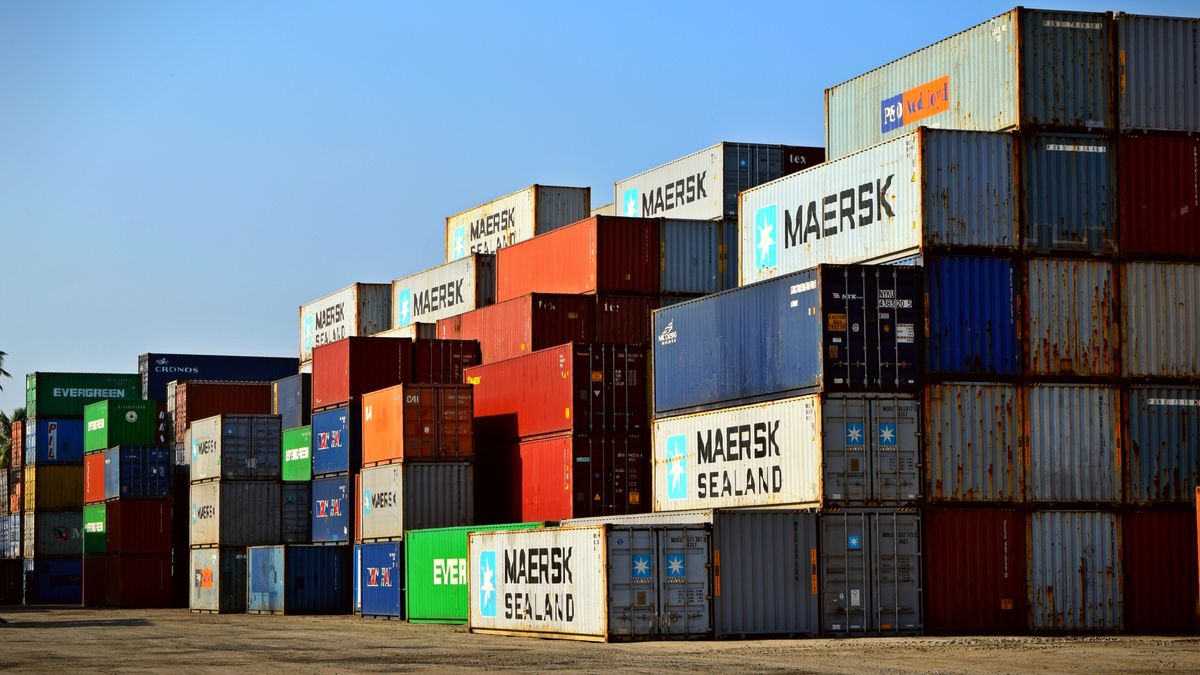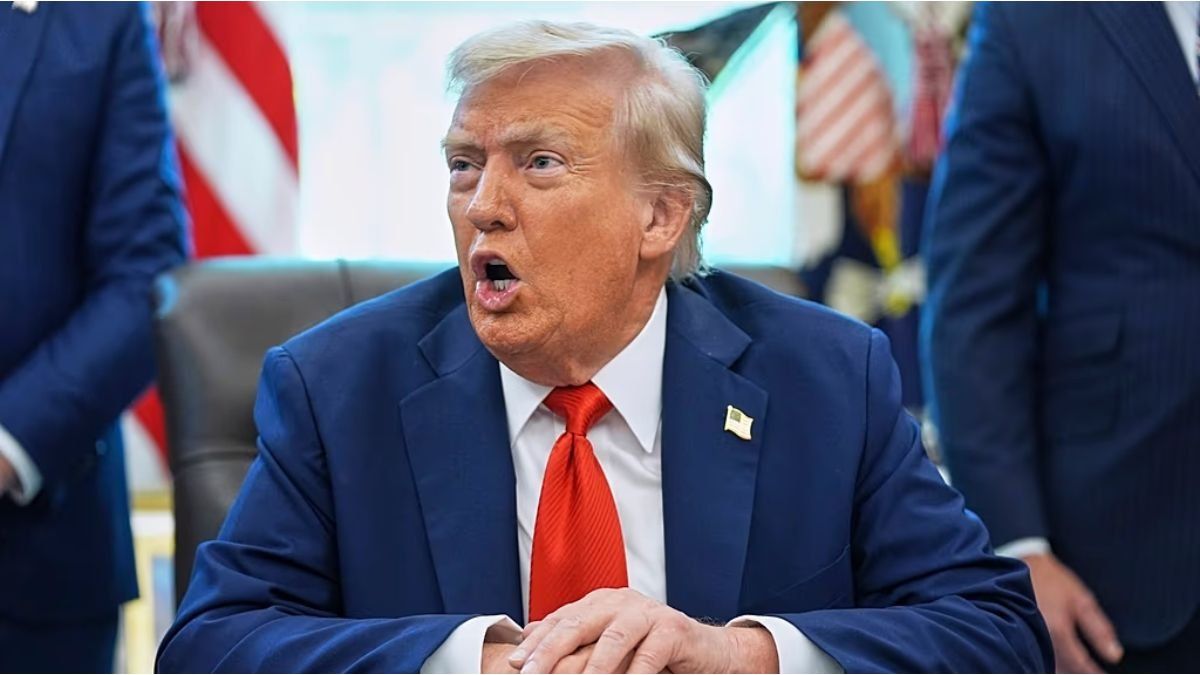The government of Brazilseeking to increase competition and reduce costs in transactions in local currency, decided on Thursday to simplify the procedures of the Payment System in Local Currency (SML), an infrastructure that brings together the central banks of the partners of the mercosur (Brazil, Uruguay, Argentina and Paraguay).
The Brazilian Central Bank assured in a statement that the resolution approved by the National Monetary Councilthe country’s highest economic policy body, expands the list of institutions eligible to operate in the SML to “make it an additional product for the clients of institutions authorized to operate in foreign exchange by the central bank”
The measure comes after the president Lula da Silva recently stressed that developing countries should be less dependent on dollaraspiring to greater trade in local currencies.
“We need a currency that gives countries more peace of mind, because today a country needs to go after the dollar to be able to export, when it could export in its own currency,” he said last week.
According to the Central Bank of Brazil, the changes also imply the simplification and standardization of the operating procedures of the system, which allows one of the counterparties, normally the exporter, to establish the cost of its goods or services in its native currency. This Eliminates exposure to exchange rate fluctuations.
In March, Brazil represented the second destination for exports Uruguayan exports, which totaled 161 million dollars, which represented an increase of 22% in relation to the same month of 2022. Exports of dairy products represented 17% of the total, according to data from the government agency Uruguay XXI. Other products in high demand in the neighboring country were malt (16%).
The measure also follows the free fall of the Argentine pesowhich hit a record low against the dollar as concerns grew over the country’s economy, with inflation running at 104%, declining reserves and drought affecting exports.
The SML system is established by agreement between the central banks. Since 2008, the systems in which the Brazilian central bank participates have moved around 50 billion reais (9.9 billion dollars).
Source: Ambito




